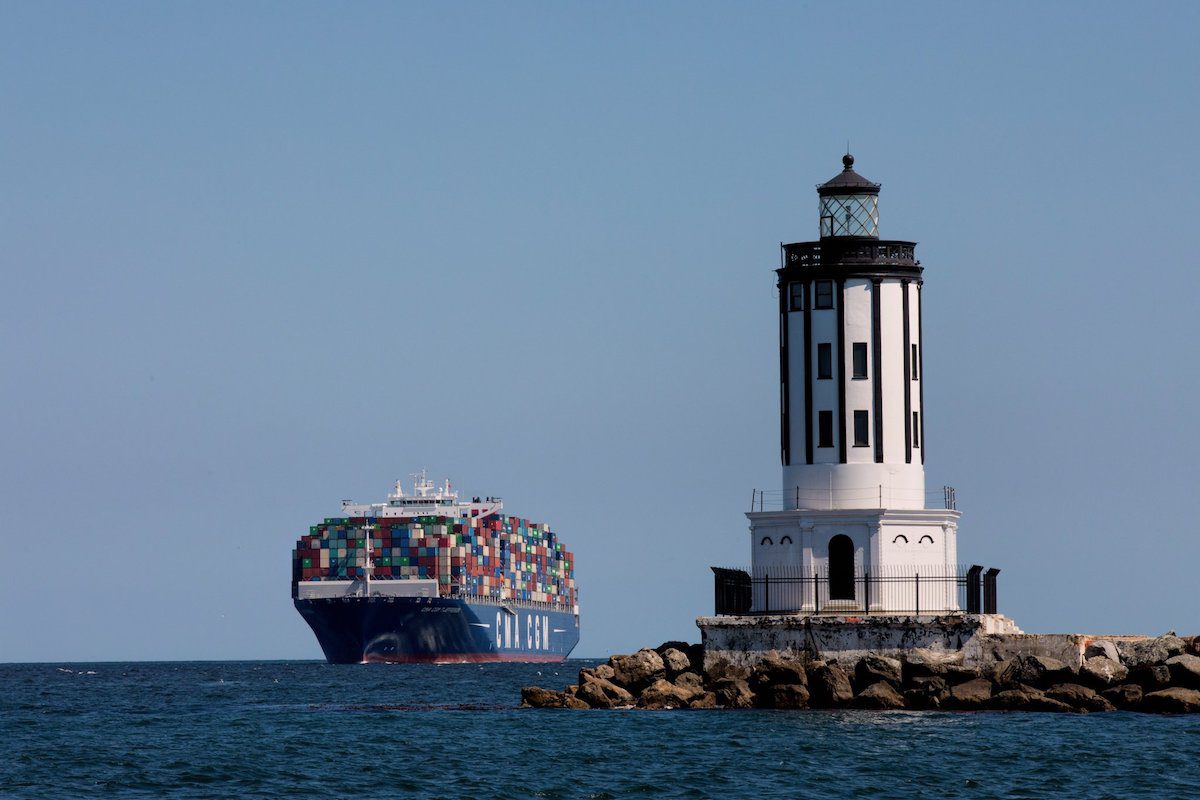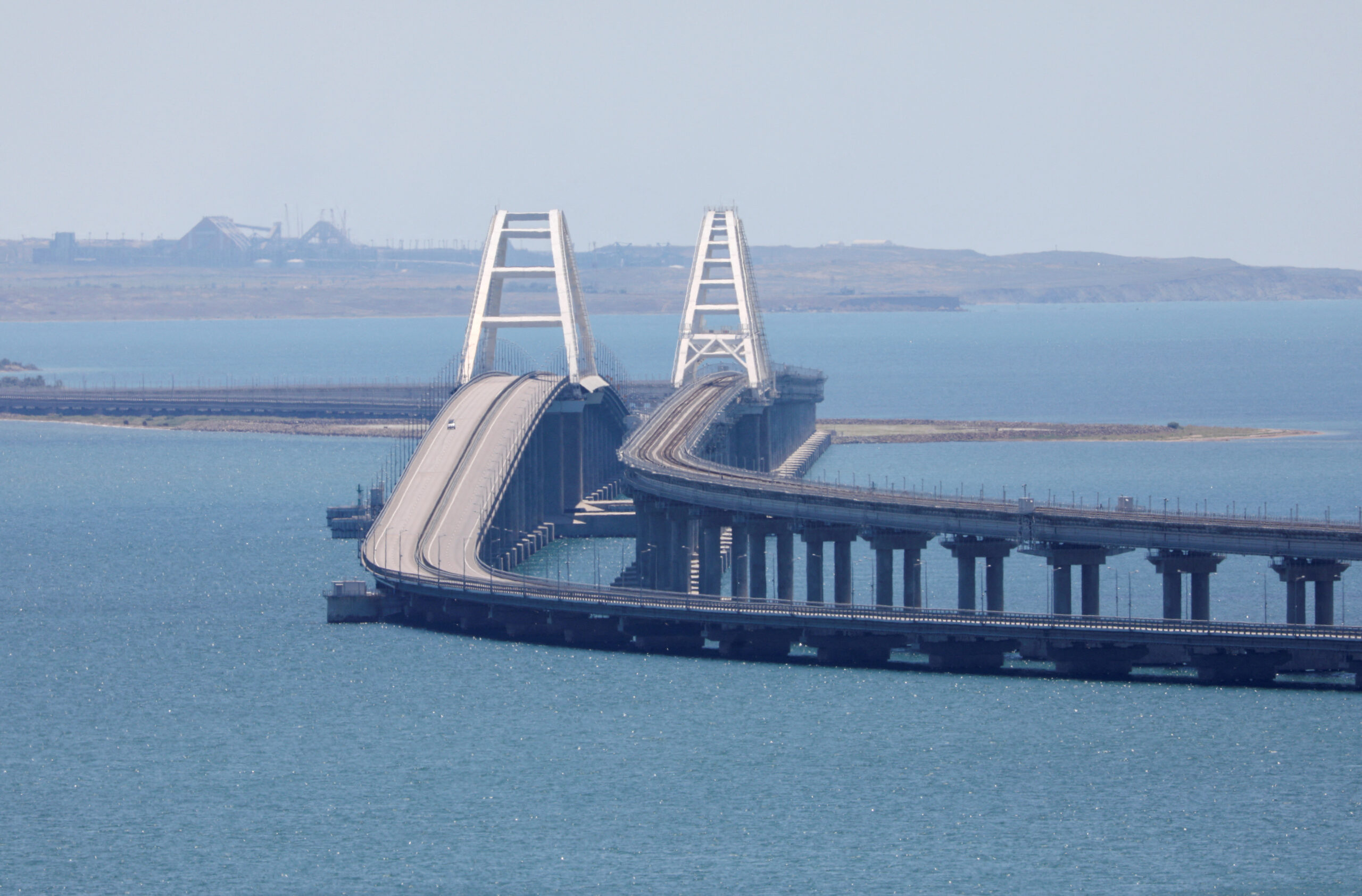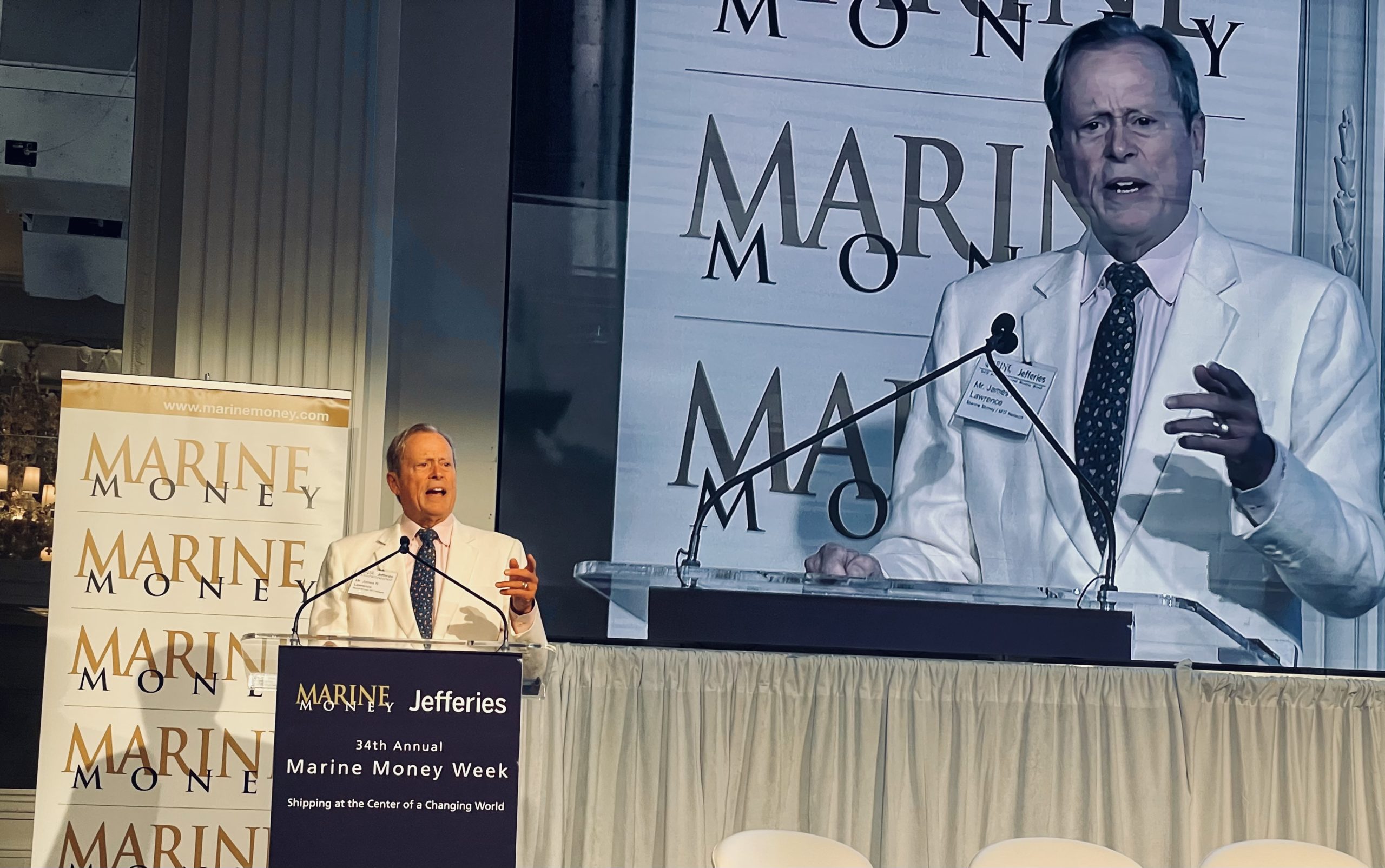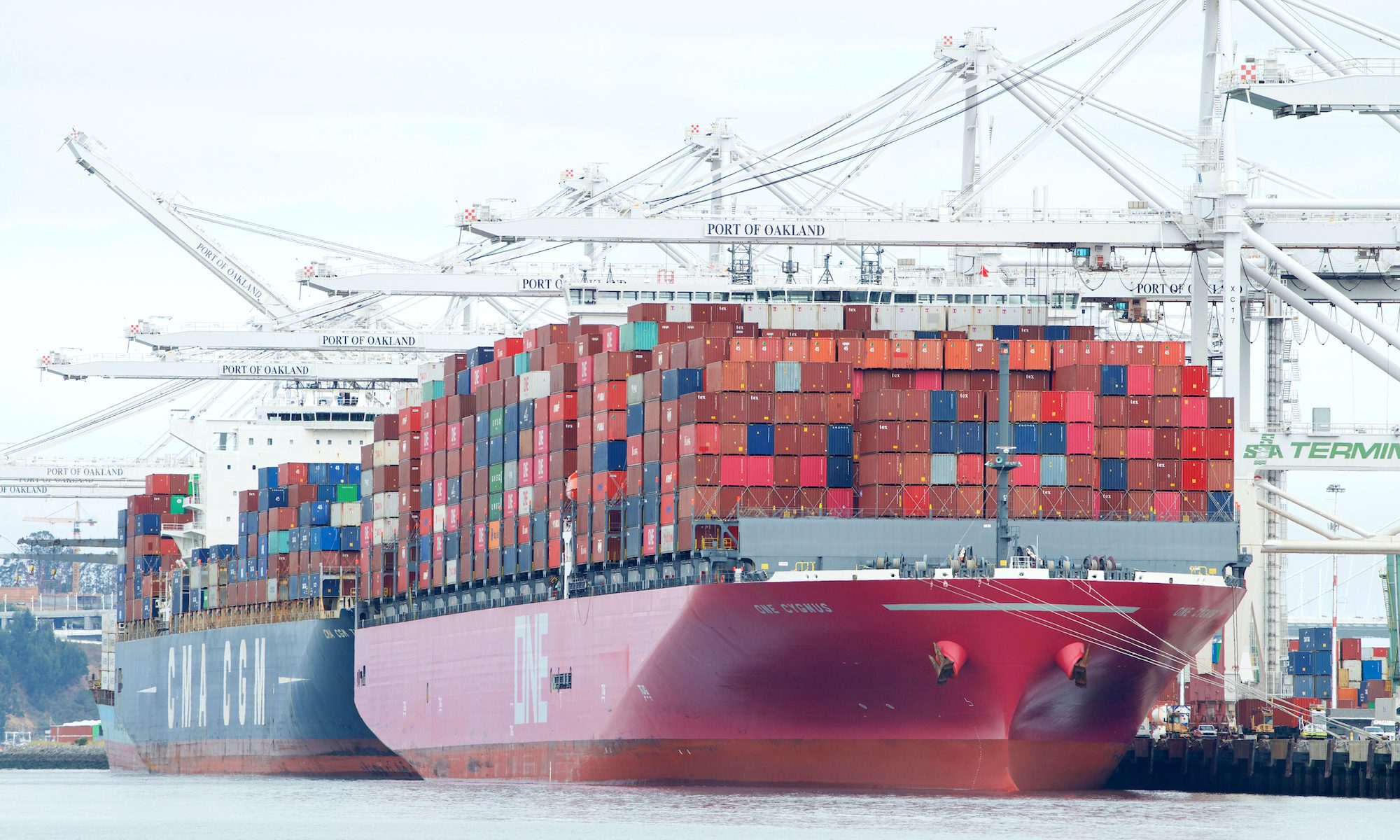Photo: Port of Los Angeles
The Port of Los Angeles and other participating members of the Environmental Ship Index (ESI) incentive program have expanded their rewards programs for vessel operators willing to go above and beyond regulatory standards to cut harmful emissions from ships.
Under a new formula that took effect July 1, participating ESI vessel operators are now earning additional incentive points for reducing carbon dioxide (CO2) emissions from their ships.
CO2 is a major source of the heat-trapping greenhouse gases that contribute to global warming, and ships are a key source of CO2 emissions from port-related operations. Vessel operators participating in ESI programs already earn points for reducing nitrogen oxides (NOx) and sulfur oxides (SOx), both key components of smog.
“This voluntary program encourages operators to bring their newest and cleanest ships to participating ESI ports and demonstrate new technology that accelerates clean air progress,” said Port Executive Director Gene Seroka. “ESI has already played a significant role in tackling vessel emissions here in Los Angeles, and its benefits multiply worldwide as the program grows in scope and membership.”
The ESI program is among the suite of clean air strategies the Port of Los Angeles has implemented to dramatically reduce vessel emissions between 2005 and 2015. For ships alone, overall diesel particulate matter (DPM) emissions have dropped 87 percent, NOx emissions are down 29 percent, and SOx emissions have plummeted 97 percent, nearing total elimination.
ESI programs use a point system based on fuel purchases, onboard emissions reduction technologies, and a ship’s engine rating according to standards established by the International Maritime Organization (IMO). The total points determine if a ship qualifies for an incentive grant from a participating port.
Member ports have moved swiftly to implement the new formula because the ESI reporting system already collects the necessary performance data from participating vessel operators to assess a ship’s efficiency at sea, and by extension, its CO2 emissions. Reduced CO2 emissions are being calculated by comparing a ship’s fuel consumption and the distance sailed each year for 2013, 2014 and 2015 with the same data for 2016. If sailing in 2016 was more efficient than the baseline years, vessel operators have lowered CO2 emissions and increased their total score.
Typically, vessel operators earn points on a per call basis from each port in the ESI network. Under the new formula, participating operators calling at the Port of Los Angeles that have been entering CO2 data and show an improvement over the baseline years could see these additional points boost their scores as early as September.
At the Port of Los Angeles, a vessel with a score of 50 points or higher earns the operator $2,500 per call, and a score of 40 to 49 is rewarded with $750. In addition to complying with cleaner fuel requirements under the North American Emissions Control Area and the California Air Resources Board and having shore power capability, ships earning 50 points or more typically have engines rated cleaner than IMO Tier 2 engine standards and use cleaner fuel than required by regulation and provides CO2 data. Incentive grants are paid quarterly.
Additionally, at the Port of Los Angeles, a ship with a Tier III engine is eligible for a $5,000 incentive per call, and vessels participating in an approved Technology Advancement Program demonstration project are eligible for $750 per call.
Launched by a collection of Northern European ports in 2011, the ESI program rewards vessel operators for lowering ship emissions beyond international requirements and in advance of pending regulations. Incentive providers include ports, pilot organizations and other entities. When the Port of Los Angeles adopted its ESI in 2012, it was the first port in North America and the Pacific Rim to join the program.
The number of incentive providers with ESI programs has since tripled. Today, 50 incentive providers around the globe are ESI members, including eight ports in Asia and the Americas. As of April 1, nearly 5,500 ships – almost 11 percent of the global merchant fleet – are registered in the program.
ESI was developed by the World Ports Climate Initiative (WPCI), a project of the International Association of Ports and Harbors.
Each port customizes its ESI incentive grants, based on regional and operational drivers. As more ports join the ESI program, the opportunities for vessel operators to earn incentives increase across the broader incentive provider network.

 Join The Club
Join The Club











